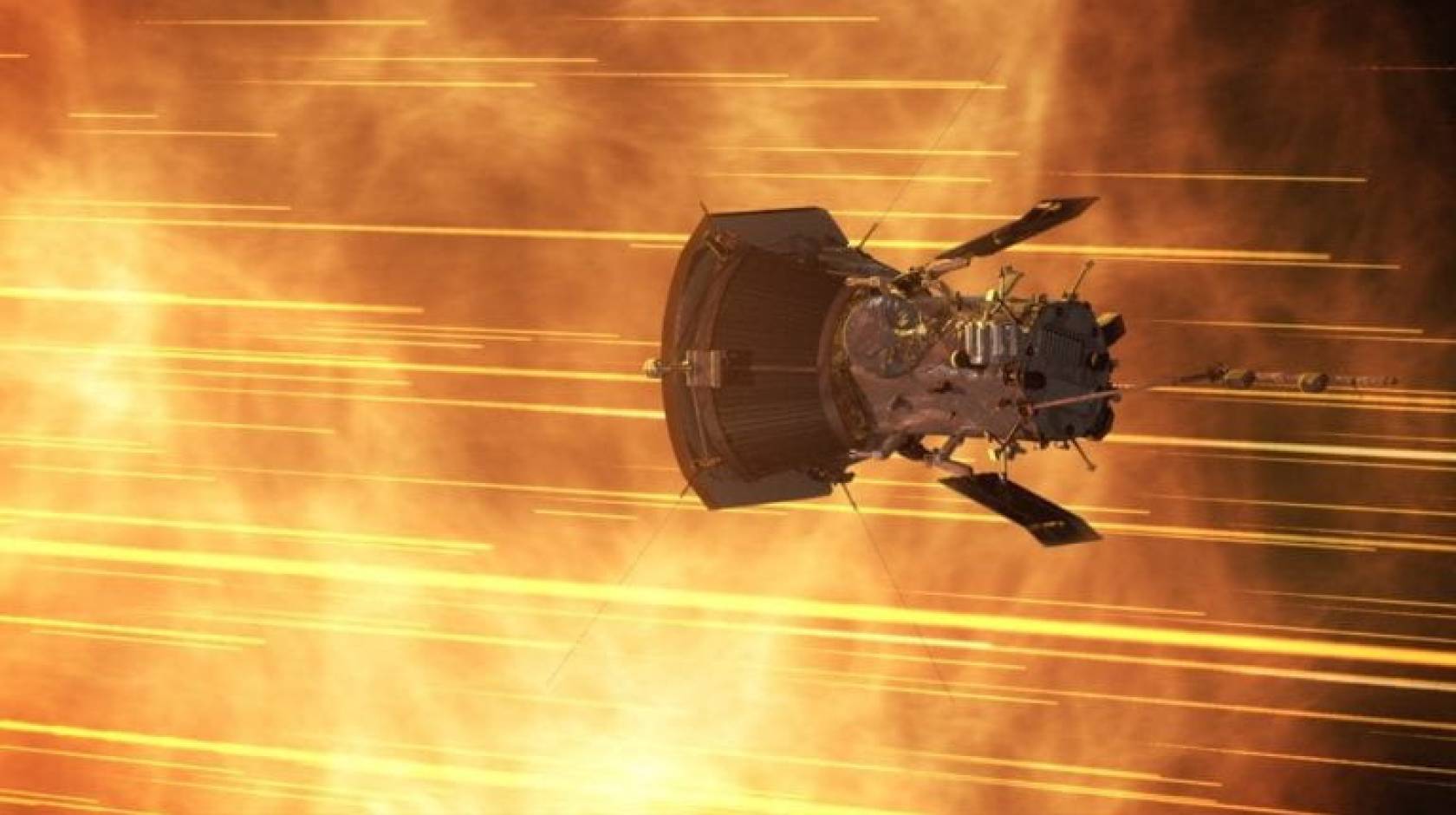UC Irvine

Yu-Dai Tsai, a particle physics and cosmology researcher at the University of California, Irvine, has been eyeing a region between Mercury and the sun as a potential hot spot for dark matter detection.
In a paper appearing in Nature Astronomy, Tsai and his collaborators at the Kavli Institute for the Physics and Mathematics of the Universe and the University of Delaware proposed the Space Quantum mission. SpaceQ, as it is called, involves the positioning of atomic clocks on a spacecraft in the inner reaches of the solar system to help find particles that have eluded researchers over decades of experiments and attempts at observation.
“Dark matter has gravitational effects on galaxy dynamics and evolution; we just have yet to understand its particle nature and other influences,” said Tsai, a postdoctoral fellow in UC Irvine’s Department of Physics & Astronomy. “Atomic clocks on a spacecraft launched to a region between the sun and Mercury may give us a better chance in detecting dark matter directly.”
Ultralight dark matter particles are expected to exhibit wavelike properties and have very small masses. They are thought to be capable of inducing oscillations in other fundamental particles, such as electrons. They’re also anticipated to cause perturbations in the very forces of nature, including the electromagnetic force. The researchers are confident that the highly precise atomic timepieces onboard a satellite close to the sun have the sensitivity to measure these slight changes.
The placement of the mission close to the sun is a new angle to find the elusive dark matter, according to Tsai.
“In principle, the density of dark matter is variable, depending on the region in which it exists,” said Tsai. “Models have led us to consider that there could be a preponderance of dark matter when we get closer to the sun, so our measurements here will be of higher sensitivity.”
Tsai added, “Dark matter is one of the most important remaining mysteries in astronomy and cosmology, given its unknown and elusive nature. If we could find dark matter and understand its properties, we can understand the evolution of our universe and understand many astrophysical measurements better, including the velocity distribution of these objects on a small scale, ranging from small galaxies to galaxy clusters.”
Tsai’s collaborators in this study were Joshua Eby, a project researcher at the Kavli Institute for the Physics and Mathematics of the Universe, and Marianna Safronova, a professor at the University of Delaware. The researchers received financial support from the National Science Foundation and the Simons Foundation, and previously relied on the resources of the Fermi National Accelerator Laboratory, a U.S. Department of Energy Office of Science user facility.

